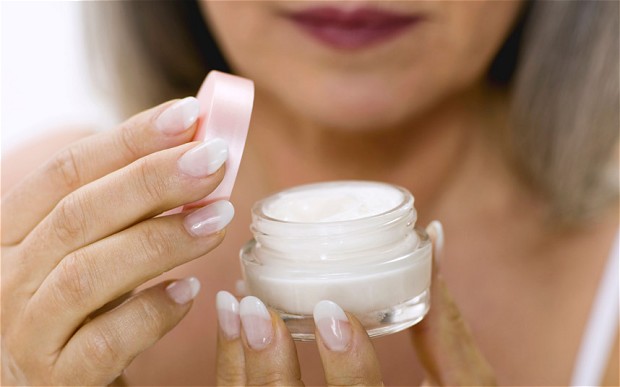
But dermatologists warn people are being exposed to much higher doses than before, leading to a steep rise in allergies known as contact dermatitis where the skin becomes red and itchy and can sting and blister.
Experts say the chemical is second only to nickel in causing contact allergies. One in 12 adults and one in five children in the UK now have eczema, of which contact dermatitis is one of the most common types.
MI, which is short for methylisothiazolinone, is a preservative which is also found in paint. It is added to products to prevent unwanted growth of bacteria and yeasts.
Well-known products that contain MI found on sale in shops included Nivea body lotion, Wet Ones and Boots men's face wash.
The substance is safe and non-toxic but European regulations now permit stronger concentrations than previously allowed.
Dr John McFadden, consultant dermatologist at St John's Institute of Dermatology in London, said: "We are in the midst of an outbreak of allergy to a preservative which we have not seen before in terms of scale in our lifetime.
"Many of our patients have suffered acute dermatitis with redness and swelling of the face. I would ask the cosmetics industry not to wait for legislation but to get on and address the problem before the situation gets worse."
The chemical was previously mixed with another preservative, Methylchloroisothiazolinone (MCI) in a three-to-one ratio.
But concerns about MCI causing allergies meant some manufacturers started using MI as a single agent. Used alone, it has been included at a much higher concentration.
When the two compounds were used, MI it was found in concentrations of around four parts per million (ppm). But on its own a level of up to 100ppm, a 25-fold increase, is allowed under European regulations introduced in 2005.
Experts say that since its concentration in products increased there has been a serious rise in cases of contact dermatitis, particularly in the last two years. They believe there is a link.
The doctors will present their findings at the British Association of Dermatologists conference in Liverpool this week when they will call for use of the chemical to be re-evaluated.
Already, the European Society of Contact Dermatitis (ESCD) has written to the European Commission calling for an investigation into what levels are safe.
In the letter sent in January, Margarida Gonçalo, the president of the ESCD, said: "This new epidemic of allergic contact dermatitis from isothiazolinones is causing harm to European citizens; urgent action is required."
Experts say incidents of allergies are occurring faster than they did to methyldibromo glutaronitrile, another preservative that was banned from use in cosmetics in 2005 after it was linked to an increase in eczema cases.
They believe the industry is aware of the link to contact allergies and some manufacturers have been quietly removing MI in the last six months.
Dr Ian White, a consultant dermatologist, at the St John's Institute of Dermatology, said: "Bluntly, I think the European Commission has been negligent over this, they have had warning after warning. If it was food there would have been action."
Dr Chris Flower, director general of the Cosmetic, Toiletry and Perfumery Association, the UK cosmetic trade association, said: "Cosmetic products are carefully made to ensure that they withstand normal use and this will generally include preservatives to prevent contamination by microorganisms and so keep the consumer safe."
He added: "Human safety is the cosmetic industry's number one priority; in fact it is the law. Every cosmetic product must undergo a rigorous safety assessment before it is placed on the market. The assessment covers all of the ingredients, the final product, how and where the product is to be used, how often and by whom and must be carried out by qualified assessors."
A spokesman for Boots said the company would carefully assess the findings.



Reader Comments
to our Newsletter